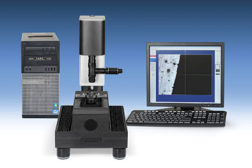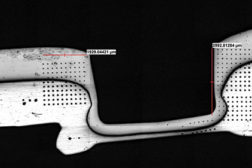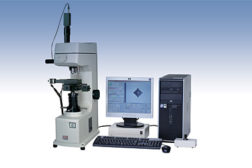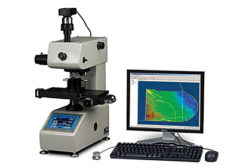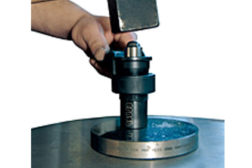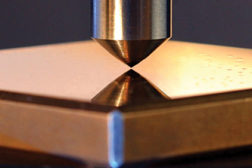Home » hardness testing
Articles Tagged with ''hardness testing''
Test & Inspection
By using properly maintained and calibrated equipment, trained personnel, and appropriate testing environments, these problems can be minimized.
Read More
Case Study
Hardness Testing Assures Quality in Advanced Materials
Hardness testing is often the best way of establishing that components will survive and perform in their intended applications.
May 1, 2014
Test & Inspection
The Vickers Hardness Test
Over the past 90 years, the Vickers test has proved to be an all-around respectable performer in a wide variety of applications, some of which the inventors never dreamed possible.
November 1, 2013
NDT - Hardness Testing
Portable Hardness Testing Methods
Consider these devices for use in the field.
August 8, 2013
Market Analysis
Hardness Testing: Market Analysis 2013
Market upbeat despite facing headwinds.
June 10, 2013
Stay in the know with Quality’s comprehensive coverage of
the manufacturing and metrology industries.
eNewsletter | Website | eMagazine
JOIN TODAY!Copyright ©2024. All Rights Reserved BNP Media.
Design, CMS, Hosting & Web Development :: ePublishing
